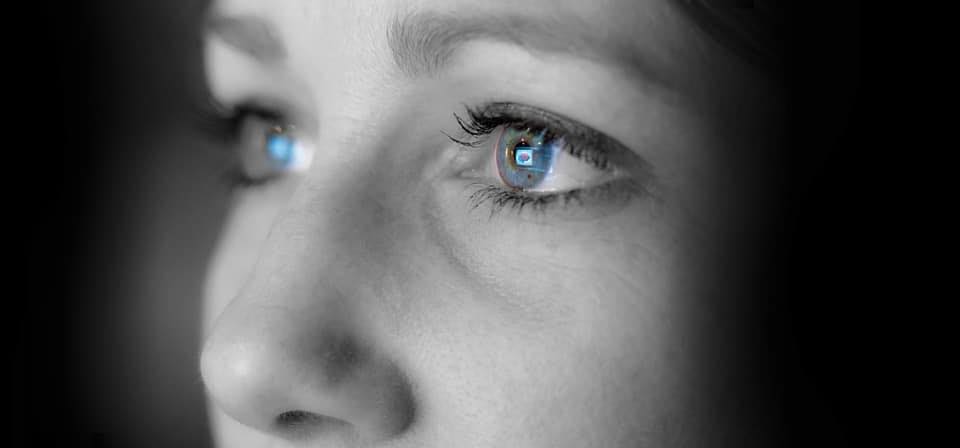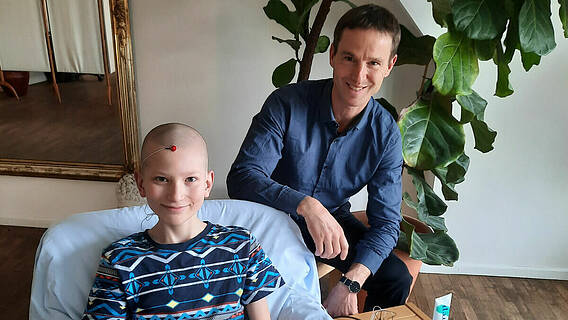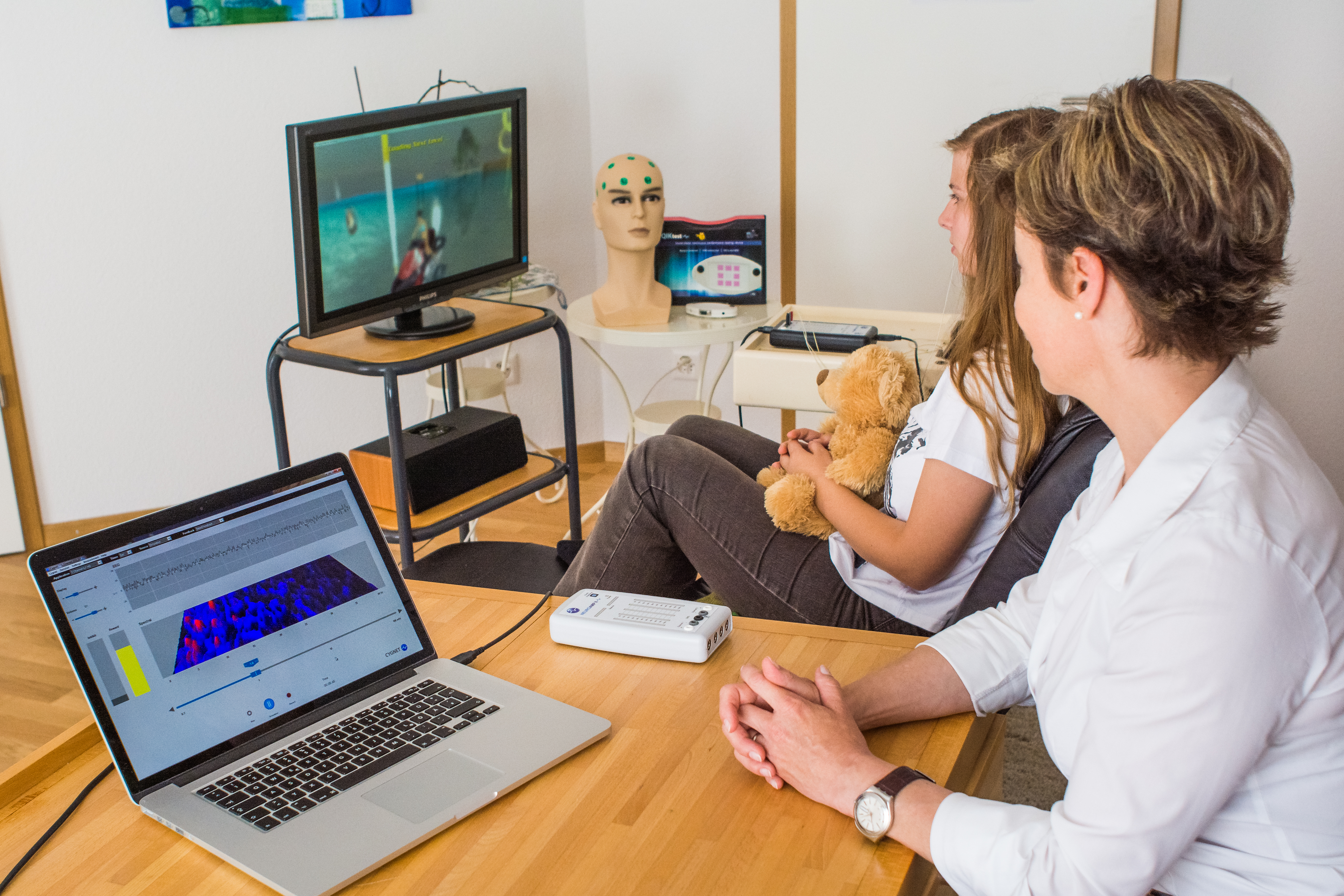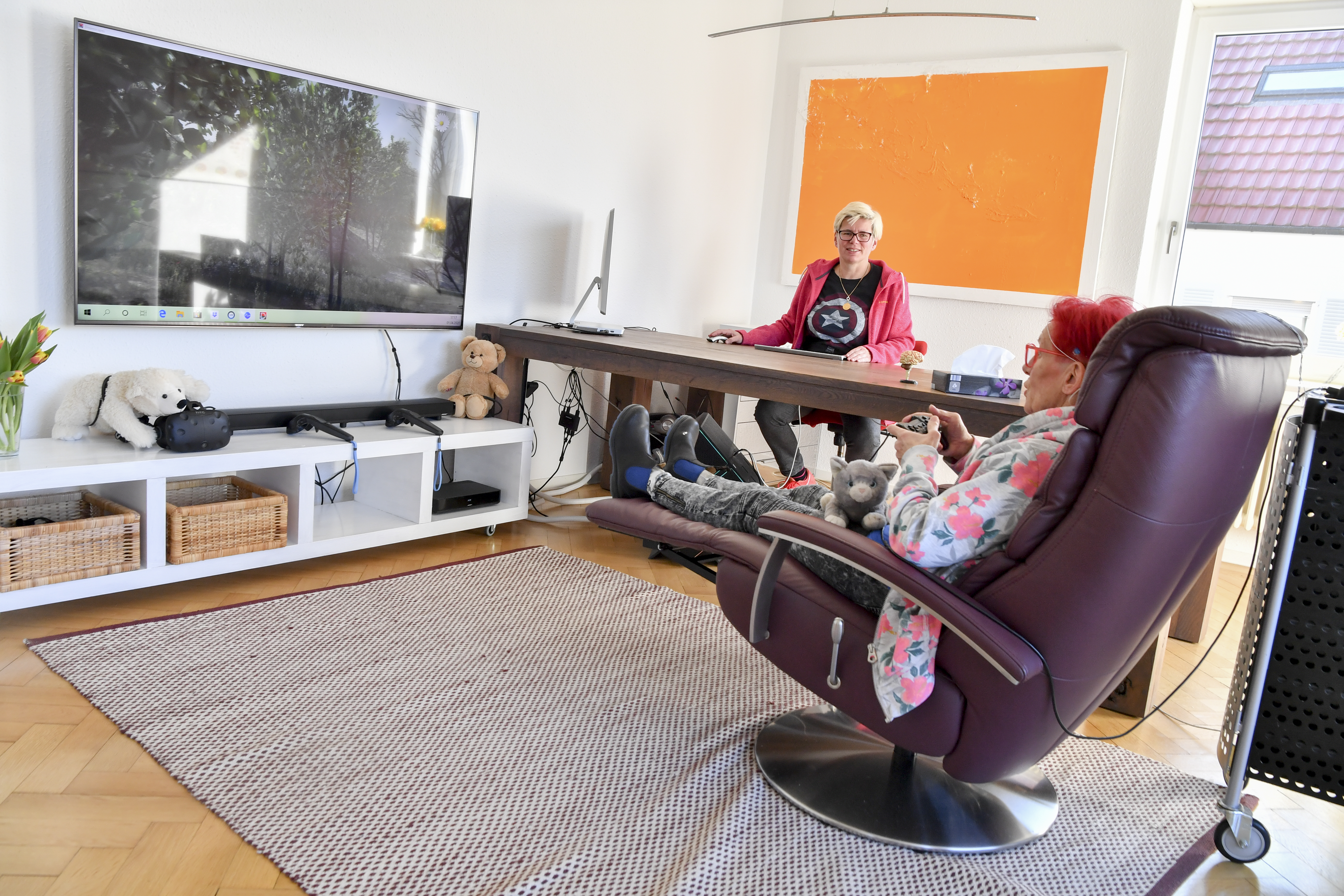
Neurofeedback in the latest episode of the US American Podcast Mindstories
01. June 2021EEG Info lecturer Dr. Roxana Sasu and Matthew Fleischmann, PhD from the Neurofeedback Advocacy Project have been working successfully with ILF neurofeedback for years. In the US American podcast Mindstories with Dr. Josephine McNary, they explain what makes neurofeedback so special. Why it is so helpful in the therapy of ADHD, anxiety disorders and trauma and why it is particularly pleasant for patients. They also discuss current findings. Have fun listening!








